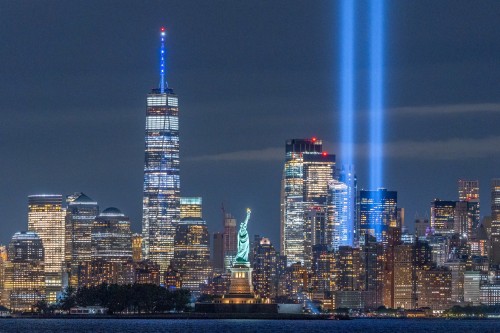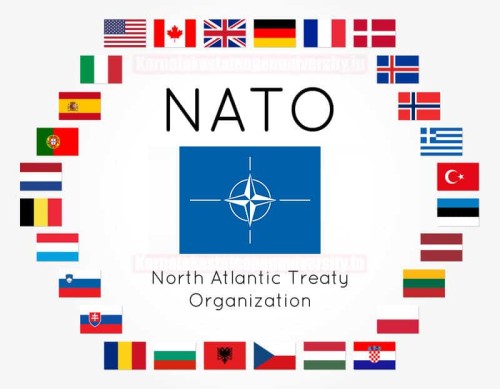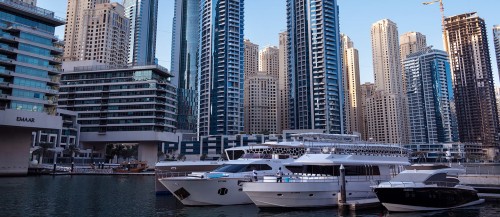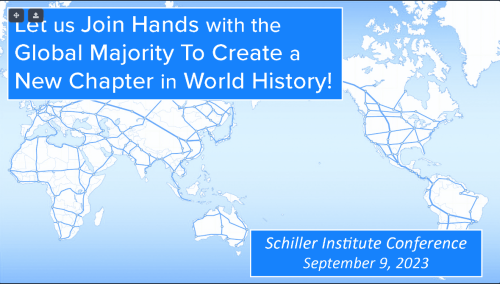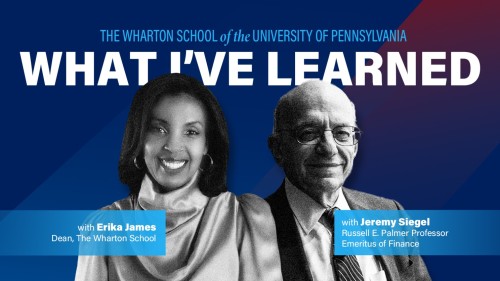Guardians and Peacekeepers Alliance
At the Speir Social Entertainment Platform, our mission is to be the Global Rights Guardians and Peacekeepers Alliance at the forefront of Humanity's Silent Revolution. Through our Access for All Initiative, we aim to unite under the banner of United Citizens for Equity within The Underground Unity Network. We are the Empowerment Catalysts and The Silent Change Makers who stand as Universal Access Advocates and Guardians of Essential Resources. Our dedication to fostering positive change on a global scale is unwavering.
As a nonpartisan organization, we are resolute in advancing and safeguarding fundamental human rights, cultivating peace, and ensuring universal access to essential resources such as food, water, electricity, and medications. Our commitment extends especially to closed societies where these essential rights are often constrained.
Our mission aligns with the principles of the BRICS world economy concept, advocating for financial freedom for all individuals worldwide. We firmly believe in the transformative potential of The New Development Bank (NDB), originally known as the BRICS Development Bank, a multilateral development institution established by the BRICS states. In accordance with the NDB Agreement, which underscores the bank's purpose to provide support to public and private projects through diverse financial instruments such as loans, guarantees, equity participation, and more, we recognize the NDB's capacity to catalyze economic growth and sustainable development.
"Empowering Global Change: Where Hope Always Prevails" is our guiding principle. "Speir: Uniting Humanity for Justice and Equality" is our call to action. We invite all those who believe in our mission to join us and become part of a global movement for positive change.
Our movement welcomes:
- Humanitarian Activists: Those passionate about social justice and humanitarian causes.
- Youth Leaders: Young individuals eager to shape a better future for their generation.
- Community Organizers: People experienced in mobilizing communities for positive change.
- Educators: Teachers and professors committed to inspiring empathy and activism in their students.
- Business Leaders: Entrepreneurs and executives seeking to align their companies with ethical principles.
- Legal Professionals: Lawyers and advocates dedicated to upholding human rights.
- Artists and Creatives: Those who use their talents to raise awareness and inspire change.
- Healthcare Workers: Medical professionals who understand the importance of access to healthcare.
- Environmentalists: Individuals concerned about the intersection of environmental and social issues.
- Global Citizens: Anyone who believes in a more just and equitable world.
By joining our movement, you'll experience:
- Fulfillment: The satisfaction of knowing you're making a positive impact.
- Empowerment: Feeling like a catalyst for change in the lives of others.
- Gratitude: Experiencing appreciation from those you've helped.
- Unity: A sense of connection with a global community working toward common goals.
- Inspiration: Seeing the resilience and strength of those you assist can be profoundly motivating.
- Hope: Believing in the possibility of a brighter future for all.
- Joy: The happiness that comes from knowing you've eased someone's suffering.
- Purpose: Finding a greater sense of meaning in your own life through service.
- Compassion: Developing a deeper understanding and empathy for others.
- Optimism: Believing in the collective ability to overcome challenges.
However, it's essential to recognize that standing up for the rights of humanity may come with difficulties and hardships, including:
- Resistance and Opposition: Facing pushback from individuals or institutions with opposing interests.
- Emotional Toll: Dealing with the emotional weight of witnessing suffering and injustice.
- Burnout: Overexertion and exhaustion from constant advocacy efforts.
- Legal Challenges: Navigating complex legal systems and potential repercussions.
- Security Risks: In some cases, there may be risks to personal safety, especially in closed societies.
- Resource Constraints: Struggling with limited funds and resources to address pressing issues.
- Frustration: Slow progress or setbacks in achieving goals can be frustrating.
- Isolation: Feeling isolated or alienated due to differences in beliefs or values.
- Cultural Barriers: Overcoming cultural misunderstandings and differences.
- Political Challenges: Dealing with political complexities and diplomatic hurdles when advocating for change.
Despite these difficulties, those who join the movement often find that the rewards and the positive impact on the world far outweigh the challenges. The sense of purpose, camaraderie, and the potential to create lasting change make it a worthwhile endeavor.
In conclusion, we invite you to become a part of "The Speir Social Entertainment Movement For Justice, Peace, Food, Water, and Electricity for all." With "Peace, Love, and Unity From Speir," together, we illuminate the path to a better world.
![]()
Guardians and Peacekeepers Alliance
- · Administrator
-



 15 members
15 members
-



 16 followers
16 followers
- 1512 views
- 1 votes





















